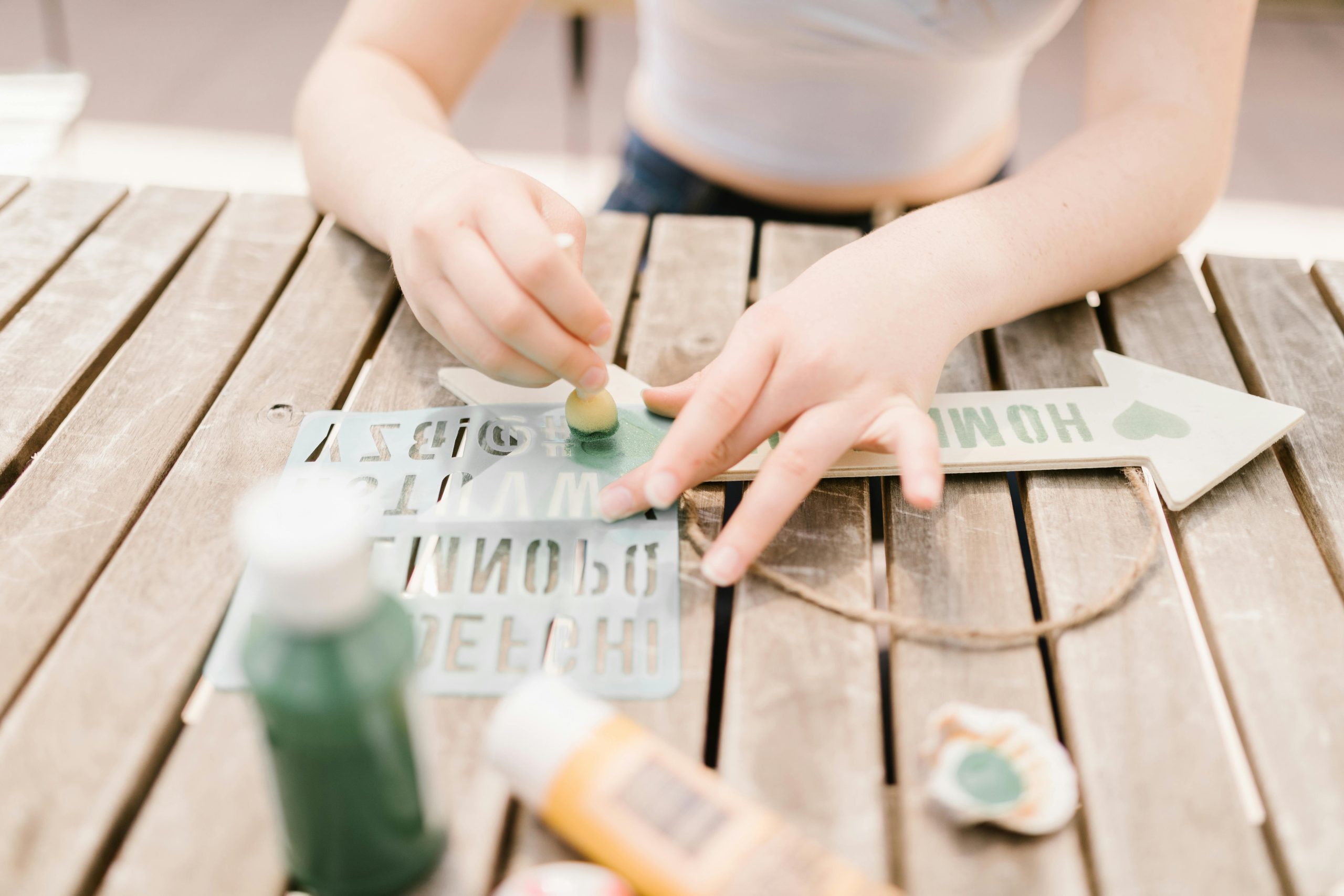Looking for a fun way to keep your kids entertained while sparking their curiosity? Science experiments at home are a fantastic way to engage young minds and teach them about the world around them. The best part? You don’t need a fancy lab—just everyday household items! Here are 10 easy and exciting science experiments you can try with your kids today.
1. Kitchen Chemistry: Simple and Safe Experiments
Your kitchen is a treasure trove of scientific wonders. These experiments use common ingredients to create fascinating reactions.
Baking Soda and Vinegar Volcano
This classic experiment never gets old. Mix baking soda and vinegar to create a fizzy eruption that mimics a volcano. Add food coloring for extra flair!
- Materials: Baking soda, vinegar, dish soap, food coloring, a small container.
- Steps: Place baking soda in the container, add a few drops of dish soap and food coloring, then pour vinegar and watch the reaction.
Rainbow Milk
Explore surface tension and chemical reactions with milk, food coloring, and dish soap.
- Materials: Milk, food coloring, dish soap, cotton swabs.
- Steps: Pour milk into a shallow dish, add drops of food coloring, then dip a cotton swab in dish soap and touch the milk’s surface to see swirling colors.
2. Physics Fun: Hands-On Motion Experiments
Teach kids about forces, motion, and energy with these interactive experiments.
Balloon Rocket
Demonstrate Newton’s Third Law of Motion by launching a balloon rocket across a string.
- Materials: Balloon, string, straw, tape.
- Steps: Thread the string through the straw, tie it between two points, inflate the balloon, tape it to the straw, and let it go!
DIY Lava Lamp
Create a mesmerizing lava lamp to explore density and liquid interactions.
- Materials: Clear bottle, water, vegetable oil, food coloring, Alka-Seltzer tablets.
- Steps: Fill the bottle with oil and water (3:1 ratio), add food coloring, then drop in an Alka-Seltzer tablet for bubbly lava effects.
3. Nature Science: Exploring the Outdoors
Take learning outside with these nature-inspired experiments.
Leaf Chromatography
Discover the hidden colors in leaves by separating their pigments.
- Materials: Leaves, rubbing alcohol, coffee filters, jars.
- Steps: Crush leaves into jars with rubbing alcohol, place a coffee filter inside, and watch as the liquid climbs, revealing different colors.
Homemade Sundial
Teach kids about time and the Earth’s rotation with a simple sundial.
- Materials: Stick, rocks, chalk.
- Steps: Place a stick upright in the ground, mark the shadow’s position with rocks or chalk every hour, and observe how it moves.
4. Water Wonders: Experiments with H2O
Water is a versatile tool for teaching science concepts like density, pressure, and absorption.
Walking Water
Show capillary action with this colorful water experiment.
- Materials: Clear cups, water, food coloring, paper towels.
- Steps: Fill alternating cups with colored water, place folded paper towels between them, and watch the water “walk” and mix colors.
Ice Fishing
Explore freezing points by “fishing” for ice with a string.
- Materials: Ice cubes, string, salt.
- Steps: Lay the string on an ice cube, sprinkle salt on top, wait a minute, then lift the string—the ice will stick!
5. Sensory Science: Engaging the Senses
These experiments stimulate sight, touch, and hearing while teaching scientific principles.
Oobleck
Make a non-Newtonian fluid that acts like both a liquid and a solid.
- Materials: Cornstarch, water, food coloring.
- Steps: Mix cornstarch and water (2:1 ratio), add coloring, and explore its strange texture—hard when pressed, liquid when poured.
Musical Jars
Experiment with sound waves by creating a water xylophone.
- Materials: Glass jars, water, food coloring, spoon.
- Steps: Fill jars with varying water levels, add coloring, then tap them with a spoon to hear different pitches.
Science doesn’t have to be complicated—these easy experiments prove that learning can be fun and accessible. Whether you’re making a volcano erupt or fishing for ice, each activity offers a hands-on way to explore scientific concepts. So grab some household items, gather your little scientists, and start experimenting today!
